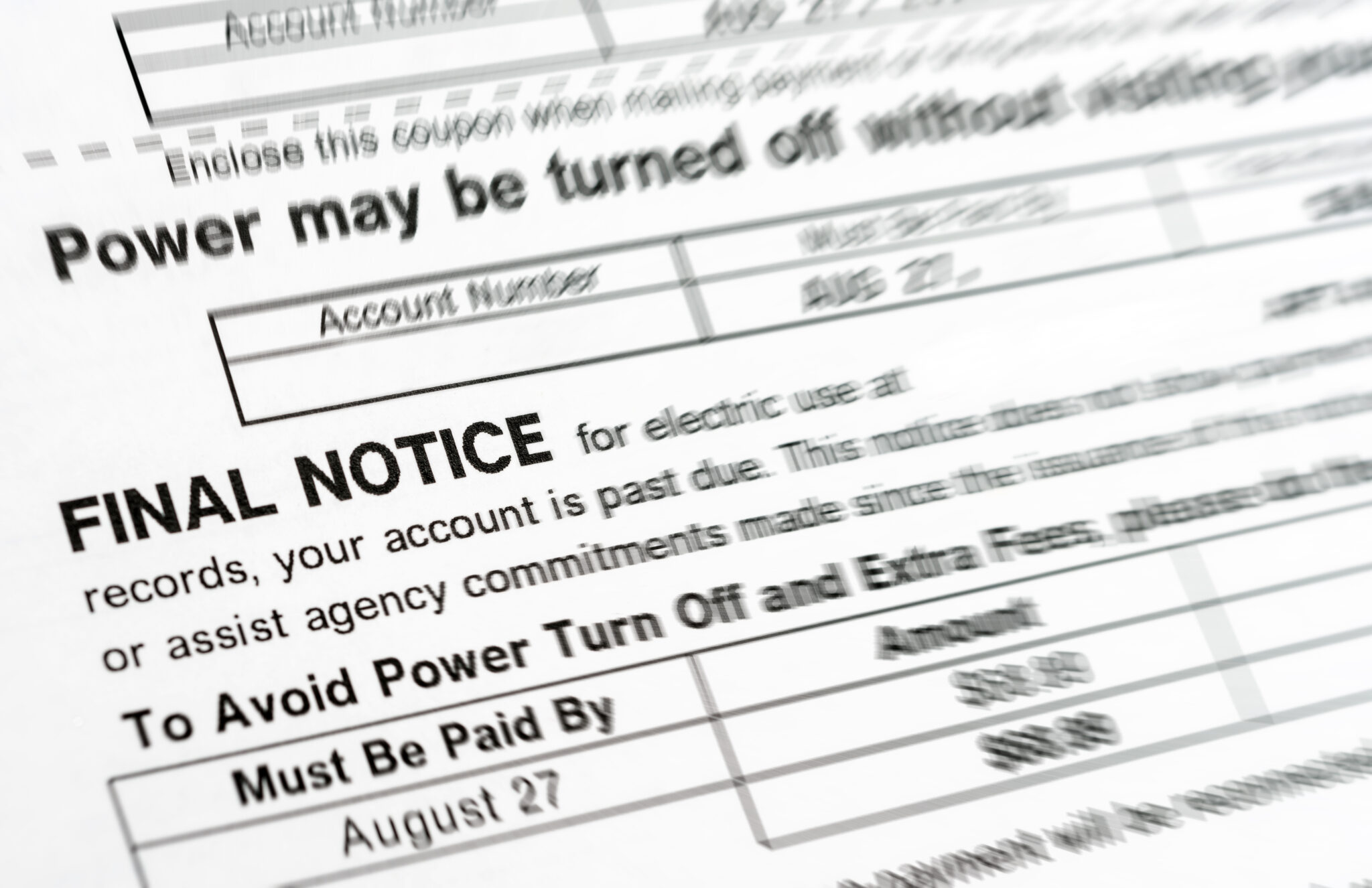Many states across the country protect utility customers from having their electricity shut-off during extreme heat. Indiana is not one of them.
With temperatures forecasted this summer to be well above normal, it is imperative that the General Assembly and Indiana Utility Regulatory Commission take immediate steps to protect Hoosiers from losing access to the energy they need to maintain safe and comfortable temperatures in their homes.
One in four Americans struggle to pay their energy bills or are forced to make tradeoffs to keep their lights and air conditioners on, such as going without food or medicine. This type of energy insecurity is an under-appreciated and under-reported form of material hardship, and research shows that it is disproportionately experienced by people with low-incomes, people of color, families with children, and those who are medically vulnerable.
For thousands of Hoosiers, the struggle to pay their utility bills may result in losing access to energy services altogether. Last summer alone (during the months of June, July and August), Indiana’s five investor-owned electric utilities – AES Indiana, CenterPoint, Duke, Indiana Michigan Power, and NIPSCO – collectively disconnected the service of more than 50,000 customers because of nonpayment. These data come from the Energy Justice Lab’s Utility Disconnections Dashboard, and they are based on monthly reports from the utilities themselves.
During the summer, losing access to electricity can mean living in unsafe temperatures, and, in some cases, it can be deadly. According to data from the U.S. Centers for Disease Control and Prevention, about 1,200 people are killed by extreme heat each year. Often, heat-induced death comes from outdoor heat exposure, but people also experience it in their homes, especially during periods of extended hot temperatures that persist through nighttime hours.


